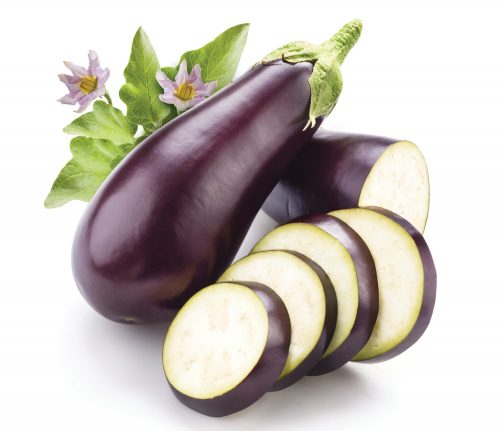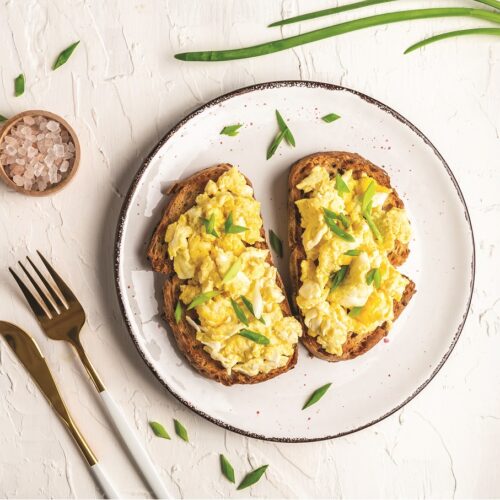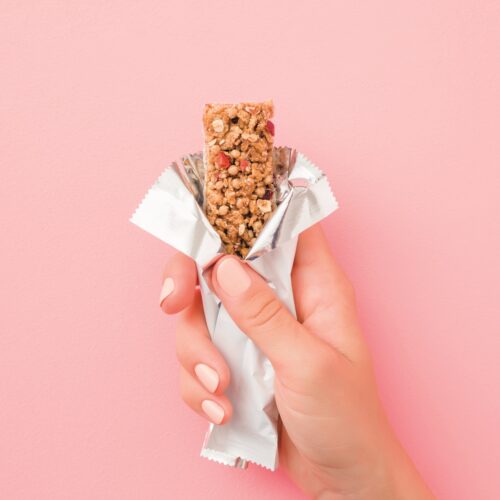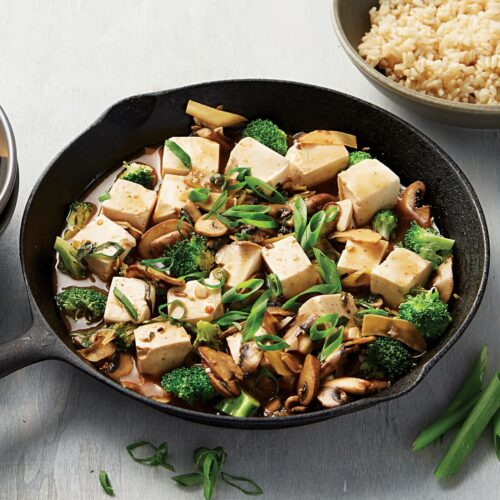
Eggplant
Here’s another fruit masquerading as a vegetable. Like its relative the tomato, the eggplant is often mistaken for a vege because it is almost always used in savoury dishes. And that’s not all. The eggplant is a member of the nightshade family (yes, deadly nightshade) and contains nicotine. Not that such tiny amounts are harmful to your health. In fact these low-energy fruit contain small amounts of a wide range of healthy nutrients, as well as fibre — especially insoluble fibre which helps promote regularity.
Eggplants, also known as aubergines, have been used for centuries and form the base of many Southern European dishes. In Greece the fruit is used in moussaka, the French include it in their ratatouille and in Turkey, eggplant is stuffed for imam bayildi.
It is also enjoyed in Asia, where it is believed to have originated. In Japan, it features in a proverb: “The happiest omen for a new year is first Mount Fuji, then the falcon and lastly the eggplant.”
Several varieties are available in New Zealand from the big, deep purple glossy eggplants to the smaller light purple ones with creamy streaks. Available all year round, they are most plentiful from November to June.
Eggplants can be baked, grilled, stuffed or sliced and thrown on the barbecue and are widely used in vegetarian meals because their flesh has quite a meaty texture.
Store
Keep in the crisper drawer of your fridge.
Buy
Look for firm eggplants with glossy skins that have no brown spots.
Cooking tips
- Make a dip by cooking a whole eggplant (stabbed a few times with a knife) in the oven, scooping out the flesh and mixing with garlic, olive oil, cumin and tahini. Blend and serve with toasted pita.
- Brush cubes of eggplant and chunks of capsicum, courgette and red onion in garlic oil and toss them on the barbie hotplate.
Recipe ideas
Warm summer vegetable salad
Mini moussakas
Lamb and eggplant curry
Peaches
Sweet and juicy, fresh peaches are a classic summer treat. The fuzzy, velvety skin ranges in colour from gold and pink to deep red, while the flesh is either golden yellow or creamy white. Blackboy peaches are deep purple-red and are delicious stewed. Peaches are a low-kJ source of fibre, vitamins A, B6 and E, potassium and zinc, and along with cherries, apricots, almonds and plums, belong to the rose family.
Buy
Ripe peaches have a sweet aroma. Look for ones that have a rich colour and are fairly firm.
Store
This fruit can be stored at room temperature to ripen. Putting them with ethylene-producing fruits such as apples or bananas will speed up the process. Ripe peaches can be kept in the fridge until ready to eat. Bring peaches back to room temperature to enjoy more flavour.
Cooking tips
- Halve peaches and take out the stones. Brush the cut sides with a little oil, put them cut side down on the barbecue grill and cook until softened. Delicious on their own or served with yoghurt.
- Add sliced peaches to your favourite salad.
- For a tasty salsa, cut peaches in small cubes and mix with diced onion and capsicums, coriander, garlic and a dash of lime juice.
Recipe idea
Article sources and references
- Eggplant: Dhingra D et al. 2012. Dietary fibre in foods: a review. Journal of Food Science & Technology 49:255-66https://www.ncbi.nlm.nih.gov/pubmed/23729846
- Peaches: Sivakumaran S et al. 2013. The Concise New Zealand Food Composition Tables, 10th ed. Palmerston North: The New Zealand Institute for Plant & Food Research Limited and Ministry of Healthhttps://www.foodcomposition.co.nz/downloads/concise-10-edition.pdf
www.healthyfood.com










